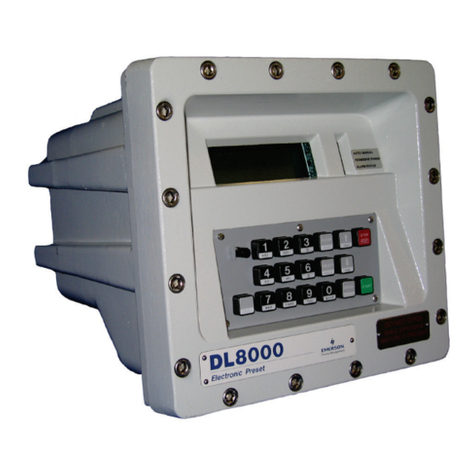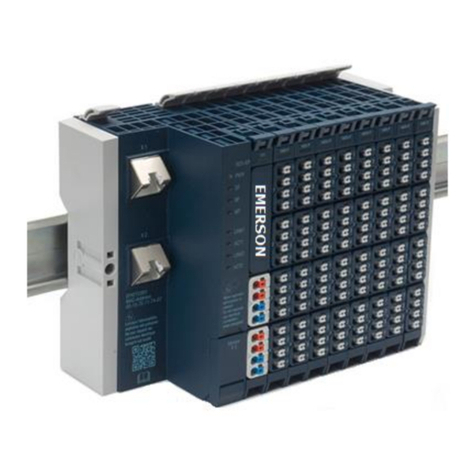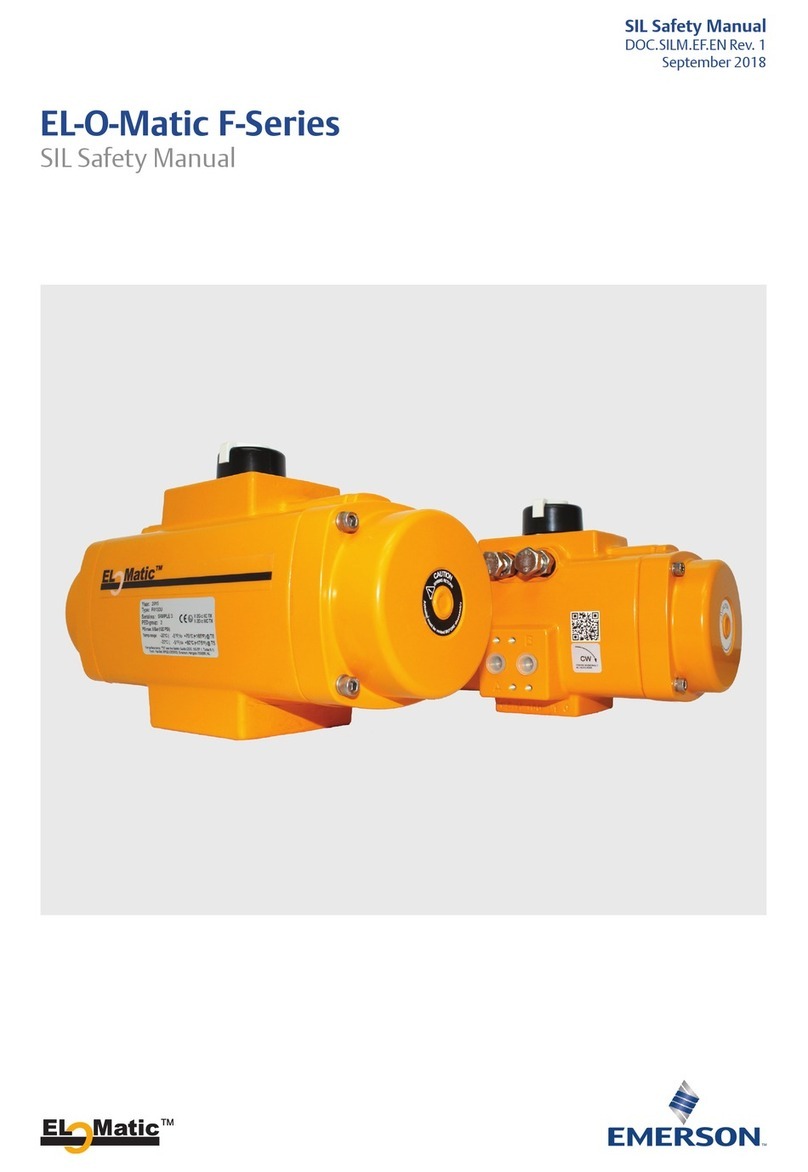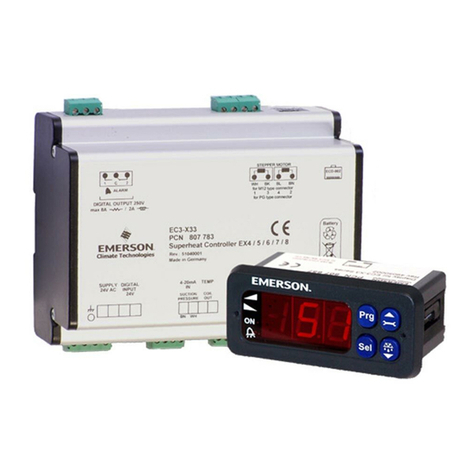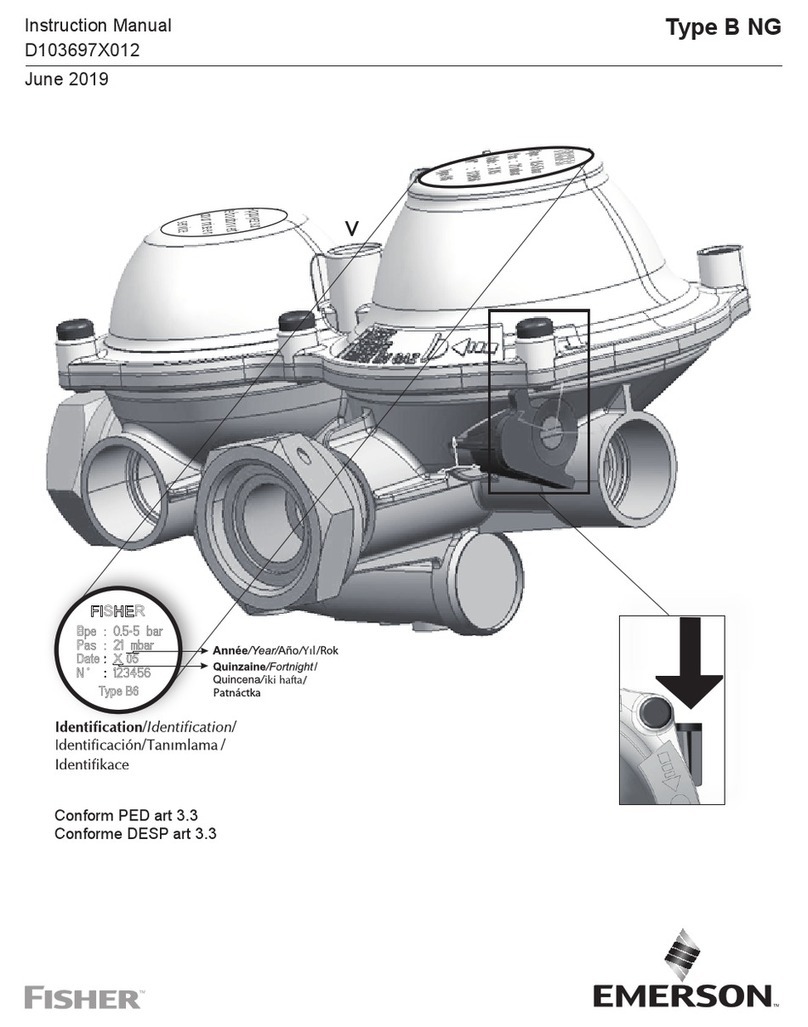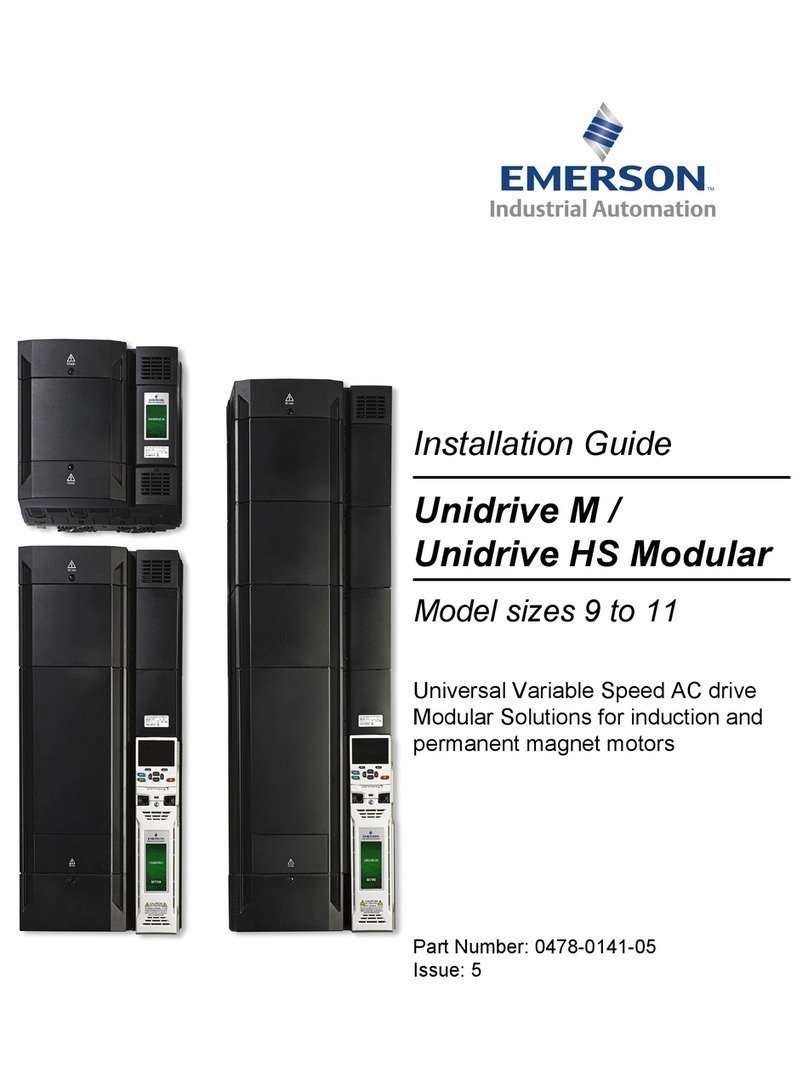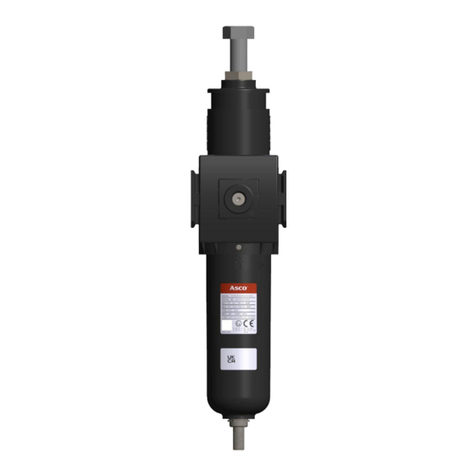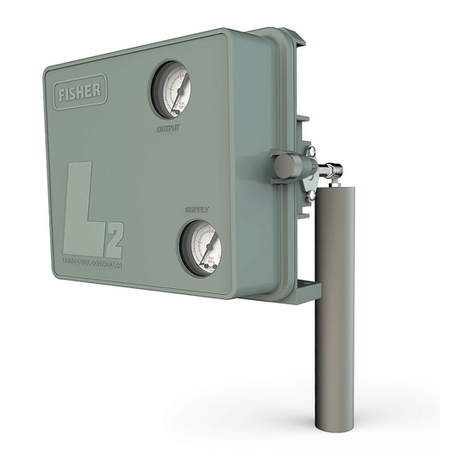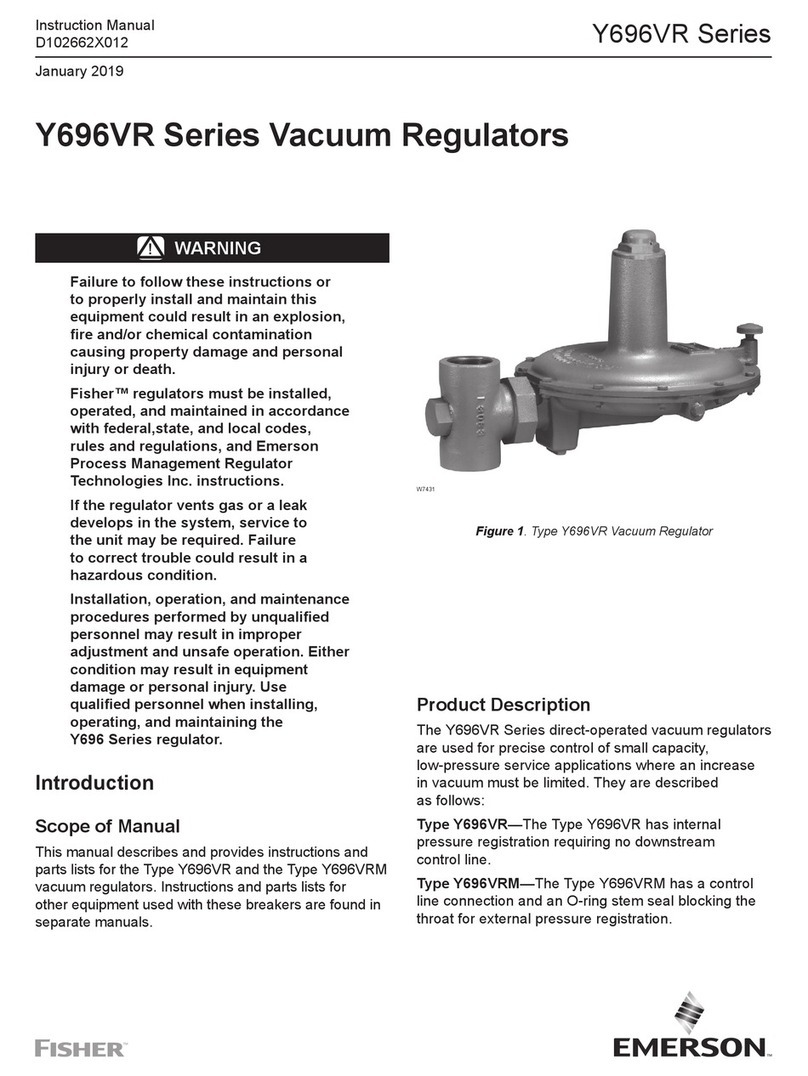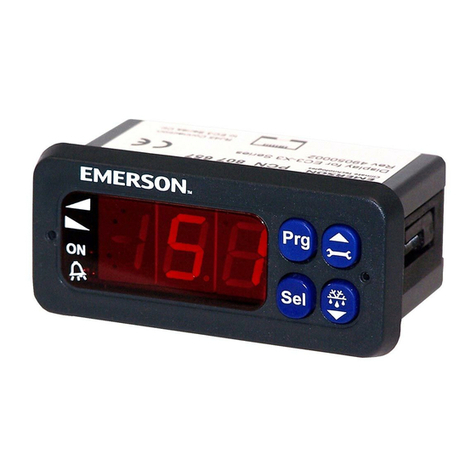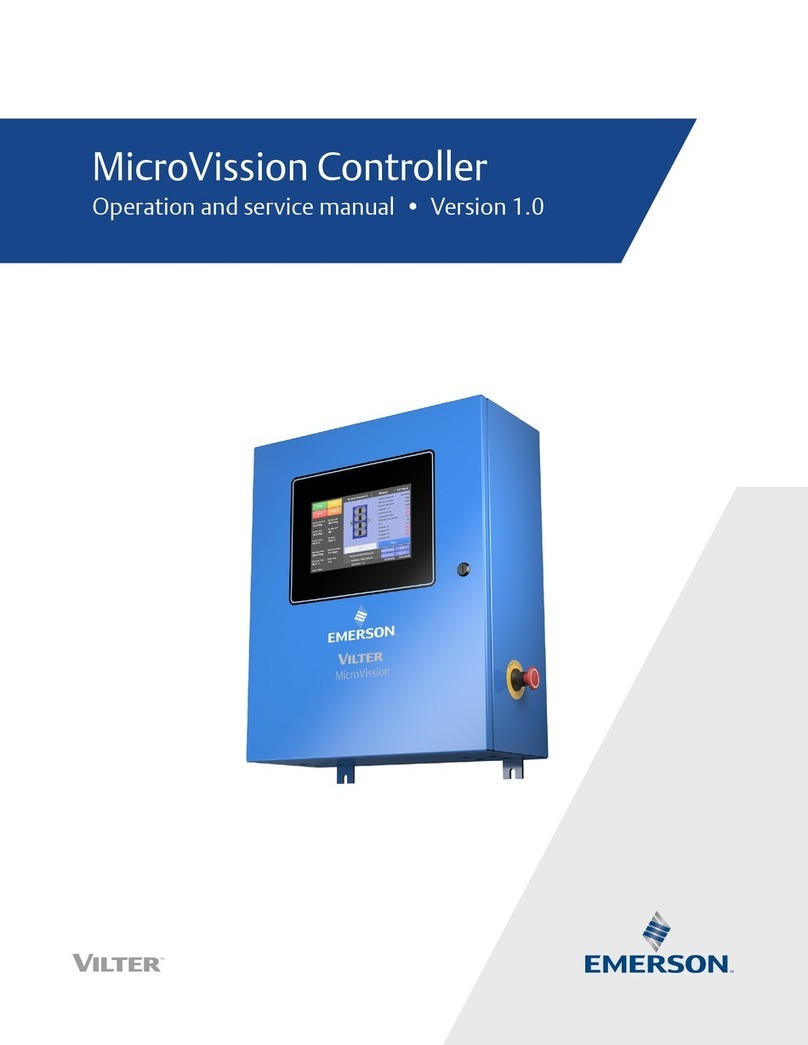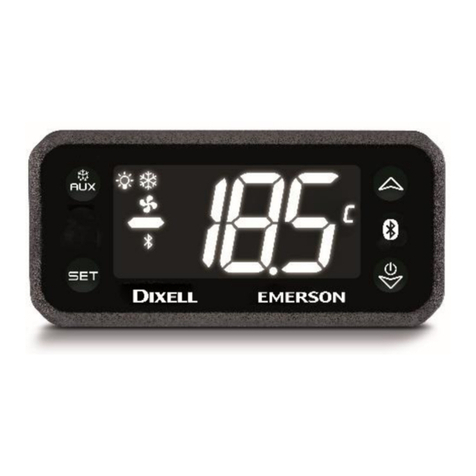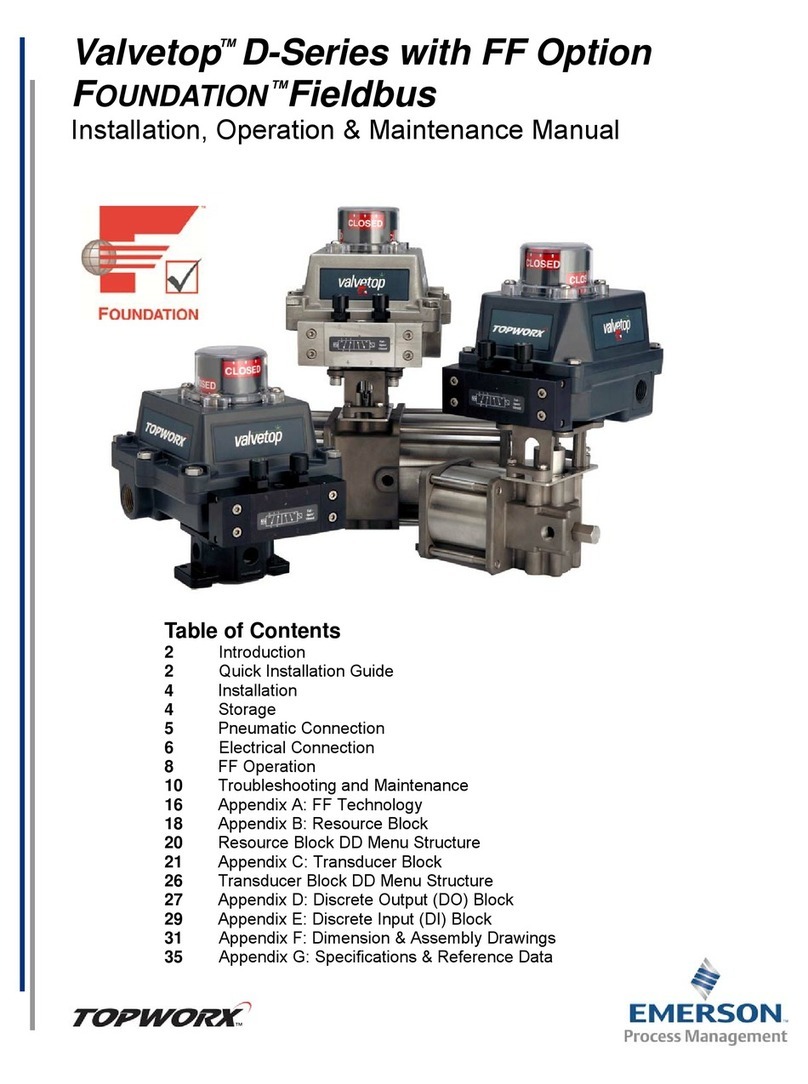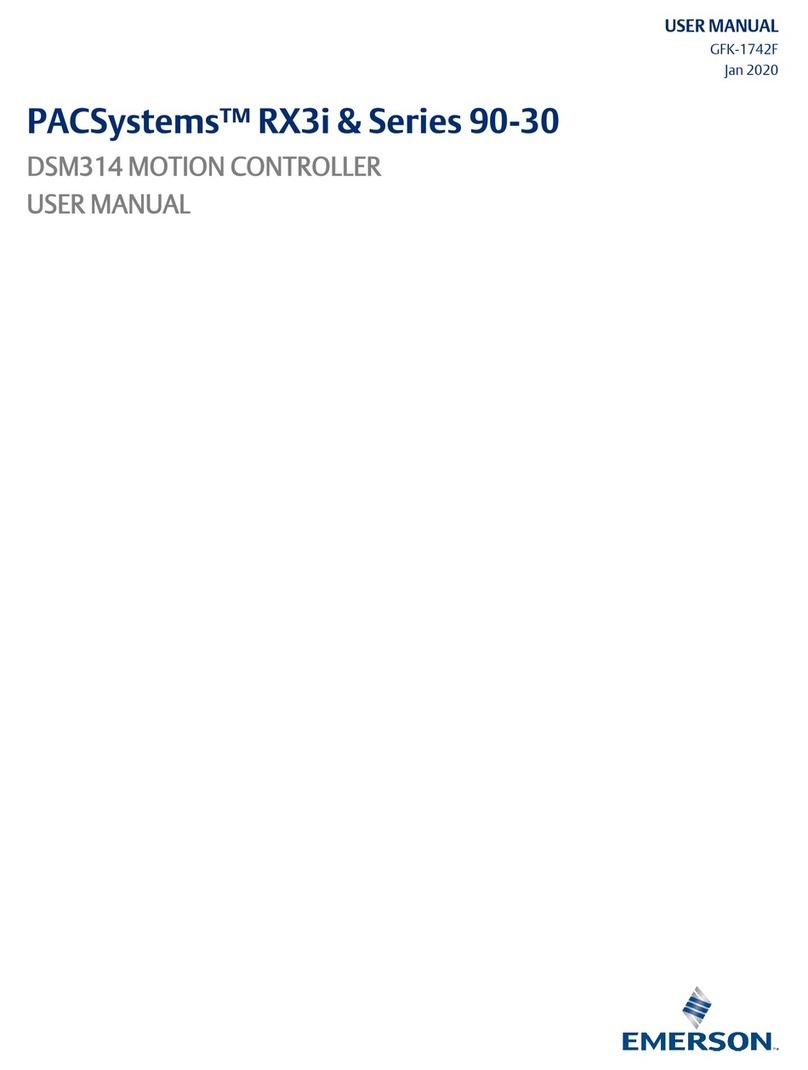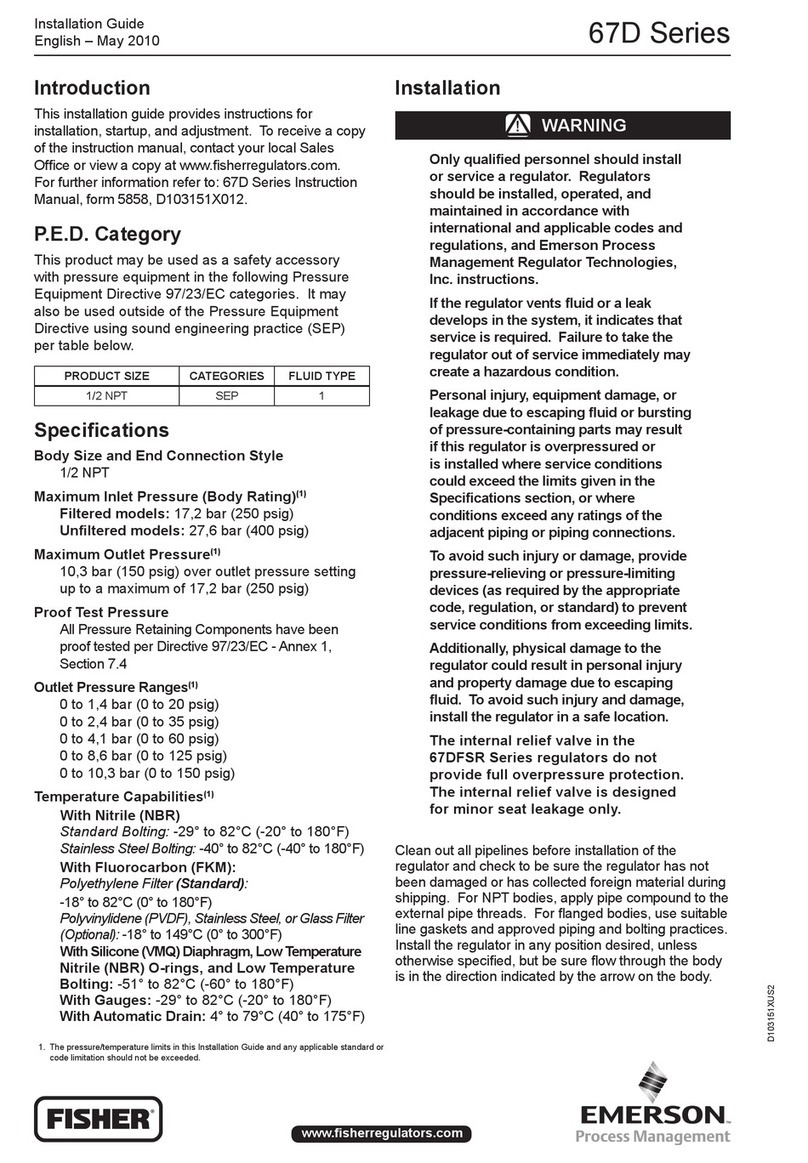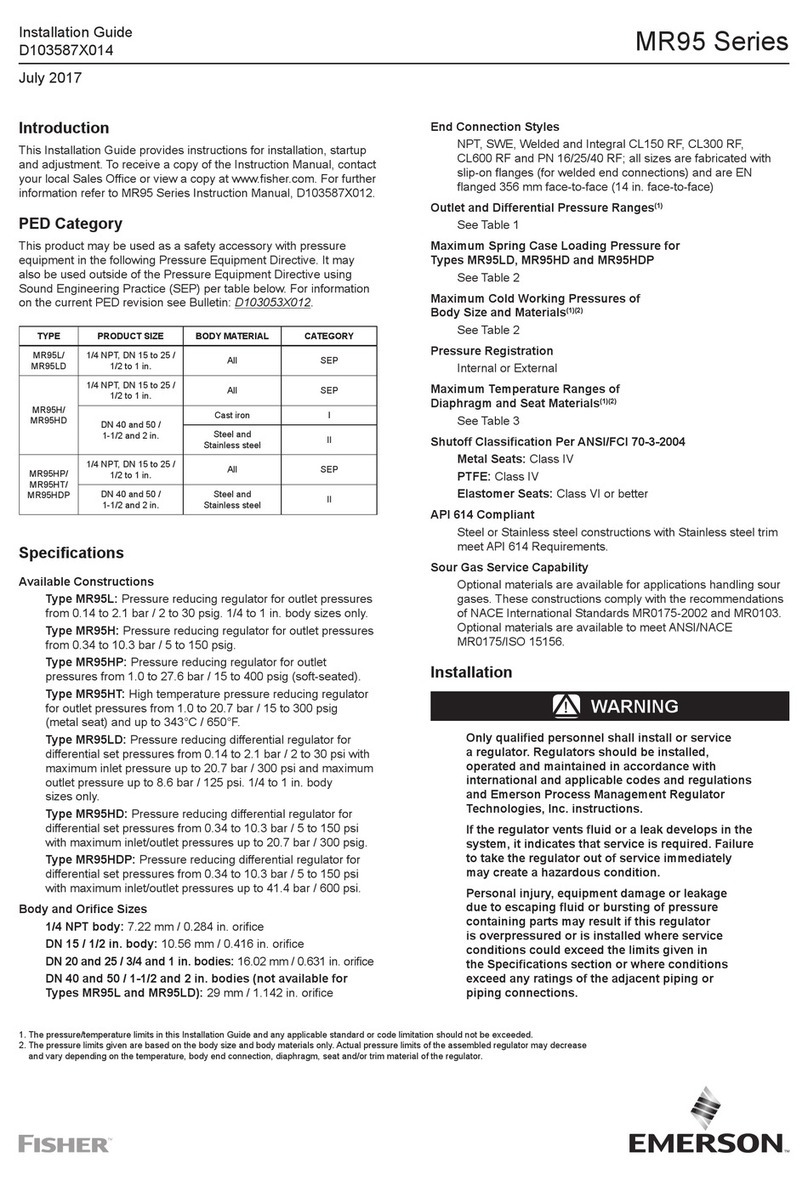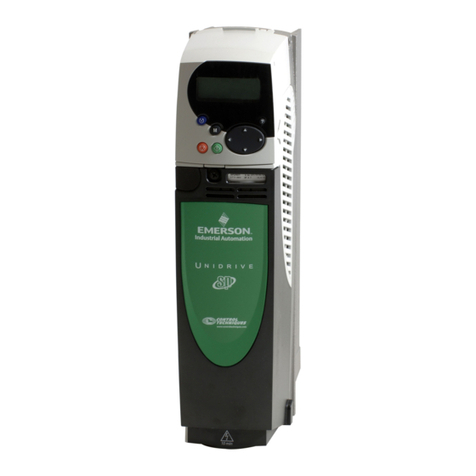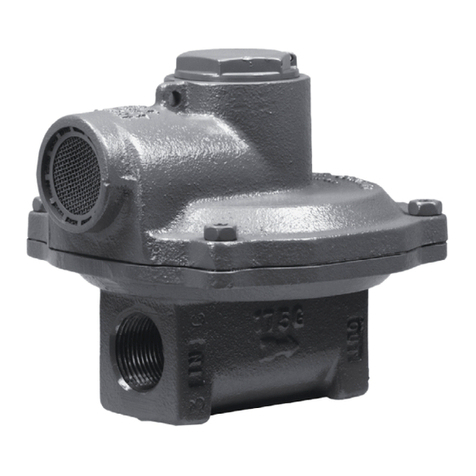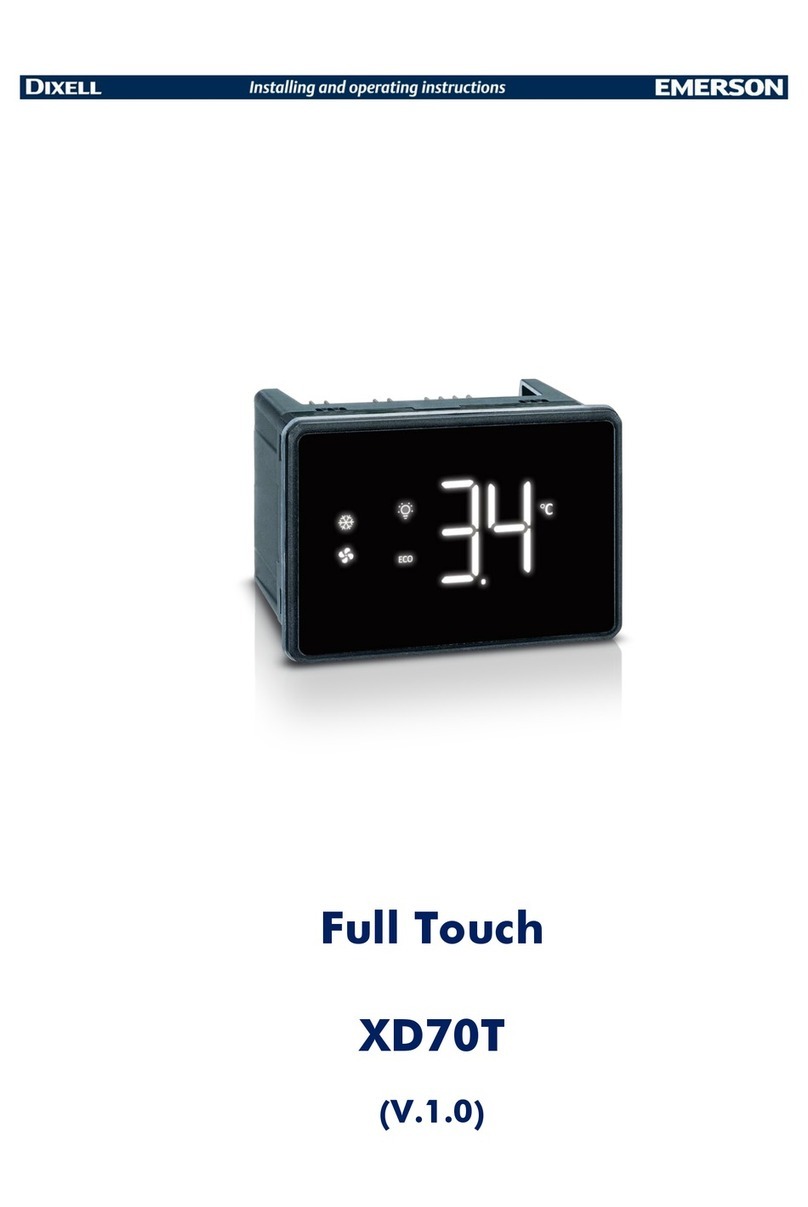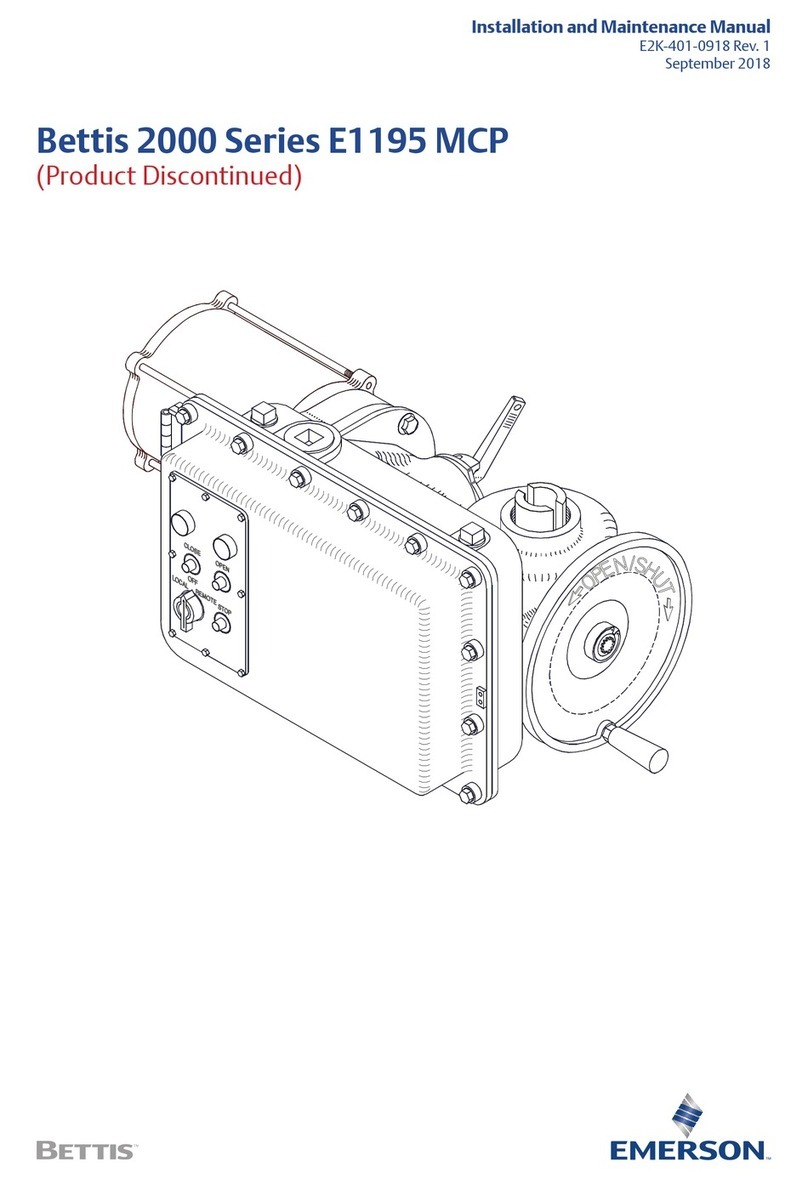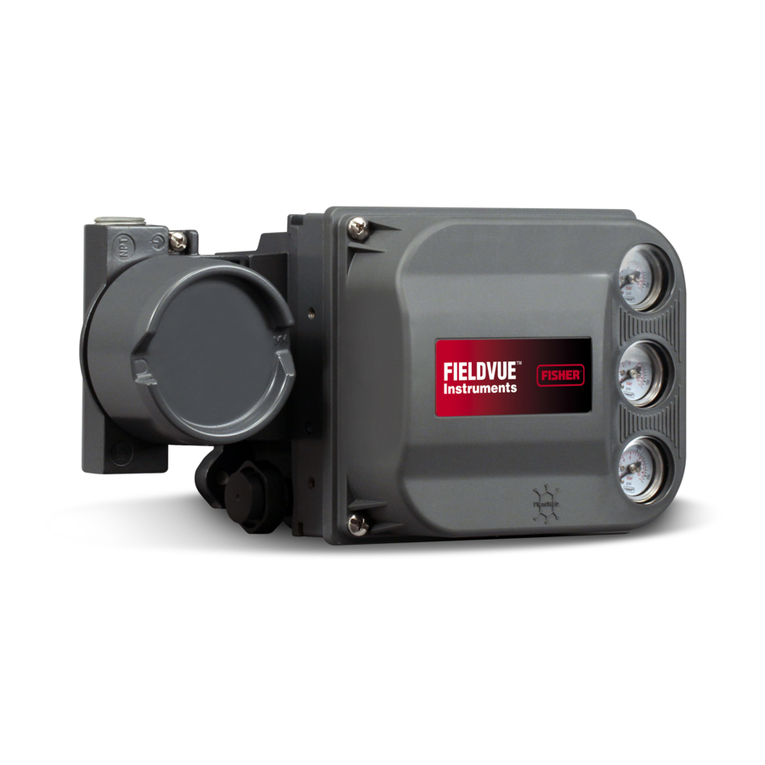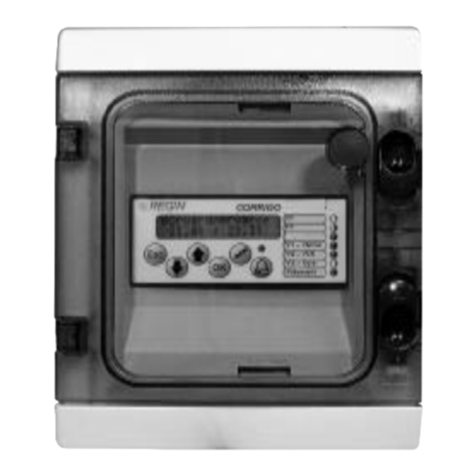
1598024314 XR30CX VST GB r3.1 05.10.2015.doc XR30CX 2/4
6. MAIN FUNCTIONS
6.1 HOW TO SEE THE SETPOINT
1. Push and immediately release the SET button: the display will show the
Set point value;
2. Push and immediately release the SET button or wait for 5 seconds to
display the probe value again.
6.2 HOW TO CHANGE THE SETPOINT
1. Keep SET button pressed more than 2 seconds to change the Set point value.
2. The value of the set point will be displayed and the “°C”or “°F”LED icon will start blinking.
3. To change the Set-point value, push the UP or DONW buttons within 10s.
4. To memorise the new set point value, push the SET button again or wait for 10s.
6.3 HOW TO START A MANUAL DEFROST
Push the DEF key for more than 2 seconds and a manual defrost will start.
6.4 HOW TO CHANGE A PARAMETER VALUE
To change any parameter value, operate as follows:
1. Enter the Programming mode by pressing SET +DOWN for 3s (the “°C” or “°F”LED icons will
start blinking).
2. Select the required parameter. Press SET to display its value.
3. Use UP or DOWN to change its value.
4. Press SET to store the new value and move to the following parameter.
To exit: Press SET + UP or wait for 15s without pressing any key.
NOTE: the set value is stored even when the procedure is exited by waiting for the time-out to expire.
6.5 THE HIDDEN MENU
The hidden menu includes all the parameters of the instrument.
6.5.1 HOW TO ENTER THE HIDDEN MENU
1. Enter the Programming mode by pressing SET +DOWN for 3s (the “°C” or “°F”LED icons will
start blinking).
2. Released the buttons and then push again them (SET +DOWN) for more than 7s. The Pr2 label
will be displayed immediately, followed from the HY parameter.
Now it is possible to browse the hidden menu.
3. Select the required parameter.
4. Press SET to display its value
5. Use UP or DOWN to change its value.
6. Press SET to store the new value and move to the following parameter.
To exit: Press SET + UP or wait for 15s without pressing any key.
NOTE1: if no parameter is present in Pr1, after 3s the “noP” message will be displayed. Keep the
buttons pushed till the Pr2 message will be displayed.
NOTE2: the set value is stored even when the procedure is exited by waiting for the time-out to
expire.
6.5.2 HOW TO MOVE A PARAMETER FROM THE HIDDEN MENU TO THE
FIRST LEVEL AND VICEVERSA.
Each parameter present in the hidden menu (Pr2) can be moved into the user level (Pr1) by pressing
SET + DOWN buttons. If a parameter is part of the user level, when showed in the hidden menu the
decimal point will be lit.
6.6 HOW TO LOCK THE KEYBOARD
1. Keep pressed for more than 3 s the UP + DOWN buttons.
2. The “PoF” message will be displayed and the keyboard will be locked. At this point it will be
possible only to see the set point or the MAX o Min temperature stored
3. If a button is pressed more than 3s the “PoF” message will be displayed.
6.7 TO UNLOCK THE KEYBOARD
Keep pressed both UP and DOWN for more than 3s till the “Pon” message will be displayed.
6.8 THE CONTINUOUS CYCLE
When defrost is not in progress, it can be activated by keeping the UP button pressed for about 3
seconds. The compressor operates to maintain the CCS set point for the time set through the CCt
parameter. The cycle can be terminated before the end of the set time using the same activation
button (UP for 3 seconds).
6.9 THE ON/OFF FUNCTION
When “onF=oFF”, pushing the ON/OFF key, the instrument is switched off. The “OFF”
message is displayed. In this configuration, the regulation is disabled.
To switch the instrument on, push again the ON/OFF key.
WARNING: Loads connected to the normally closed contacts of the relays are always
supplied and under voltage, even if the instrument is in stand by mode.
7. PARAMETERS
REGULATION
HY Differential: (0.1÷25.5°C; 1÷255°F) intervention differential for set point.
Compressor Cut IN is Set Point + differential (HY). Compressor Cut OUT is when the
temperature reaches the set point.
LS Minimum set point: (-100°C÷SET; -148°F÷SET) it sets the minimum value for the
set point.
US Maximum set point: (SET÷150°C; SET÷302°F) it sets the maximum value for set
point.
ot Thermostat probe calibration: (-12.0÷12.0°C; -120÷120°F) allows to adjust
possible offset of the thermostat probe.
odS Outputs activation delay at start up: (0÷255min) this function is enabled at the
initial start up of the instrument and inhibits any output activation for the period of
time set in the parameter.
AC Anti-short cycle delay: (0÷50min) minimum interval between the compressor stop
and the following restart.
rtr Percentage of the second and first probe for regulation: (0÷100; 100=P1, 0=P2)
it allows to set the regulation according to the percentage of the first and second
probe, as for the following formula (rtr(P1-P2)/100 + P2).
CCt Compressor ON time during continuous cycle: (0.0÷24h00min, res. 10min)
allows to set the length of the continuous cycle. Compressor stays on without
interruption during CCt time. This is useful, for instance, when the room is filled with
new products.
CCS Set point for continuous cycle: (-100÷150°C; -148÷302°C) it sets the set point
used during the continuous cycle.
Con Compressor ON time with faulty probe: (0÷255min) time during which the
compressor is active in case of faulty thermostat probe. With Con=0 compressor is
always OFF.
CoF Compressor OFF time with faulty probe: (0÷255min) time during which the
compressor is OFF in case of faulty thermostat probe. With CoF=0 compressor is
always active.
CH Type of action: (CL, Ht) CL = cooling; Ht = heating.
DISPLAY
CF Temperature measurement unit: (°C; °F) °C = Celsius; °F = Fahrenheit.
WARNING: When the measurement unit is changed the SET point and the values of
the parameters HY, LS, US, ot, ALU and ALL have to be checked and modified (if
necessary).
rES Resolution (for °C): (in=1°C; dE=0.1°C) allows decimal point display.
dLY Display delay: (0.0÷20min00s; res. 10s) when the temperature increases, the
display is updated of 1°C or 1°F after this time.
DEFROST
idF Interval between defrost cycles: (0÷120hours) determines the interval of time
between two defrost cycles.
MdF (Maximum) length for defrost: (0÷255min)
When P2P=n, (not evaporator probe: timed defrost) it sets the defrost duration.
When P2P=Y (defrost end based on temperature) it sets the maximum length for
defrost.
dFd Temperature displayed during defrost: (rt; it; SEt; dEF) rt = real temperature;
it = temperature at defrost start; SEt = set point; dEF = “dEF” label.
dAd MAX display delay after defrost: (0÷255min) sets the maximum time between the
end of defrost and the restarting of the real room temperature display.
ALARMS
ALC Temperature alarms configuration: (Ab; rE) Ab = absolute temperature, alarm
temperature is given by the ALL or ALU values. rE = temperature alarms are referred
to the set point. Temperature alarm is enabled when the temperature exceeds the
[SET+ALU] or [SET-ALL] values.
ALU MAXIMUM temperature alarm:
ALC=Ab: (SET÷150°C; SET÷302°F)
ALC=rE: (0.1÷50°C; 1÷90°F)
When this temperature is reached, the alarm is enabled, possibly the ALd delay
time.
ALL Minimum temperature alarm:
ALC=Ab: (-100.0 ÷ SET°C; -148÷302°F)
ALC=rE: (0.1÷50°C; 1÷90°F)
When this temperature is reached, the alarm is enabled, possibly the ALd delay time.
AFH Differential for temperature alarm recovery: (0.1÷25.5°C; 1÷45°F) intervention
differential for recovery of temperature alarm.
ALd Temperature alarm delay: (0÷255 min) time interval between the detection of an
alarm condition and alarm signalling.
dAo Exclusion of temperature alarm at start-up: (0.0÷23h 50min, res. 10min) time
interval between the detection of the temperature alarm condition after instrument
power on and alarm signalling.
ALARM RELAY MANAGEMENT –FOR BATTERY-BACKUP MODELS (7020122 and 7020202)
tbA Alarm relay silencing (with oA1=ALr): (n, Y)
n = silencing disabled; alarm relay stays on till alarm condition lasts.
Y = silencing enabled; alarm relay is switched OFF by pressing a key during an
alarm.
Aro Alarm relay activation with power failure: (n, Y)
n =the alarm relay is never activated during a power failure.
Y =the alarm relay is activated during a power failure.
ALF Alarm relay activation for all the alarms: (n, Y)
n= the alarm relay is activated only in case of a temperature alarm or regulation
probe failure.
Y= the alarm relay is activated for all the alarms.
bon Time of buzzer restart after muting, in case of alarm duration: (0÷30min) when
0 the buzzer is always off after muting.
AoP Alarm relay polarity: it set if the alarm relay is open or closed when an alarm
happens. CL= terminals 1-2 closed during an alarm; oP = terminals 1-2 open during
an alarm
DIGITAL INPUT
i1P Digital input polarity: (oP; CL) oP = the digital input is activated by opening the
contact; CL = the digital input is activated by closing the contact.
i1F Digital input configuration: (EAL; bAL; PAL; dor; dEF; AUS; Htr; FAn; ES)
EAL = external alarm: “EA” message is displayed; bAL = serious alarm “CA”
message is displayed. PAL = pressure switch alarm, “CA” message is displayed; dor
= door switch function; dEF = activation of a defrost cycle; AUS =to switch on the
second relay if oA1 = AUS; Htr = kind of action inversion (cooling – heating); FAn =
not set it; ES =Energy saving.
